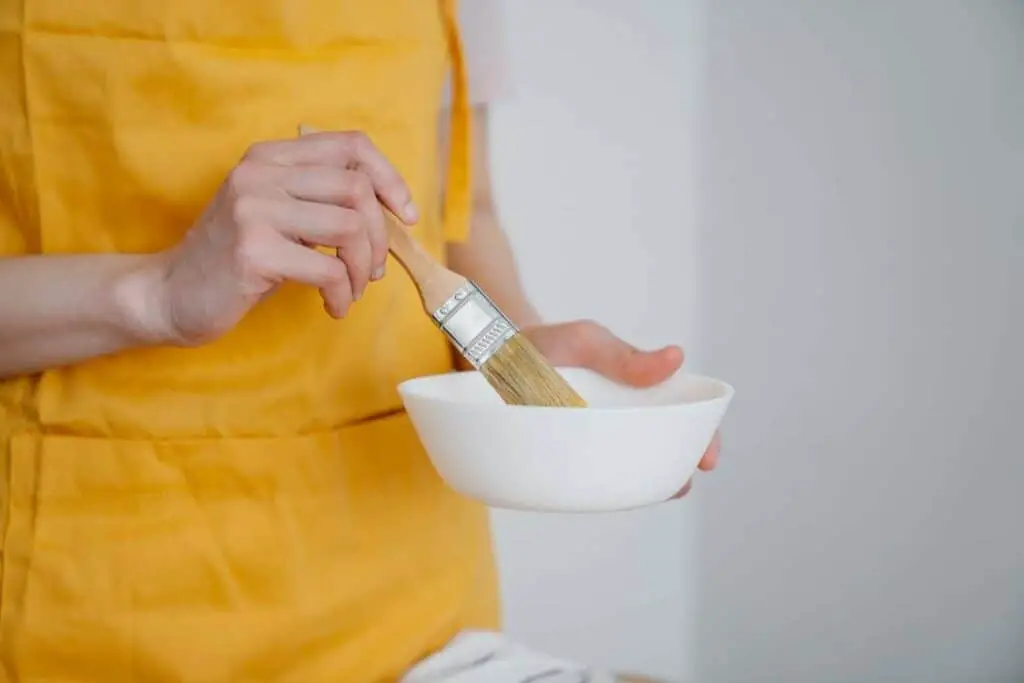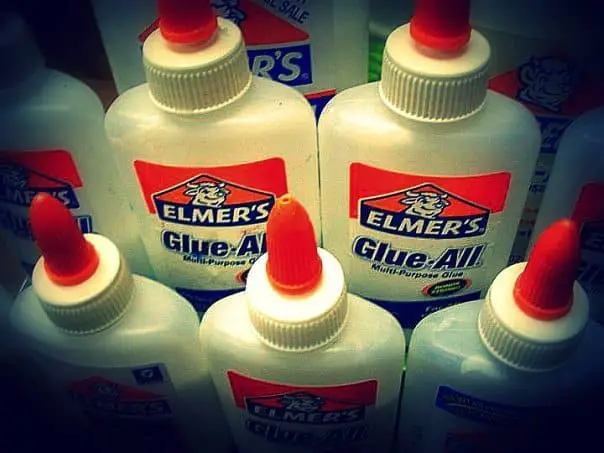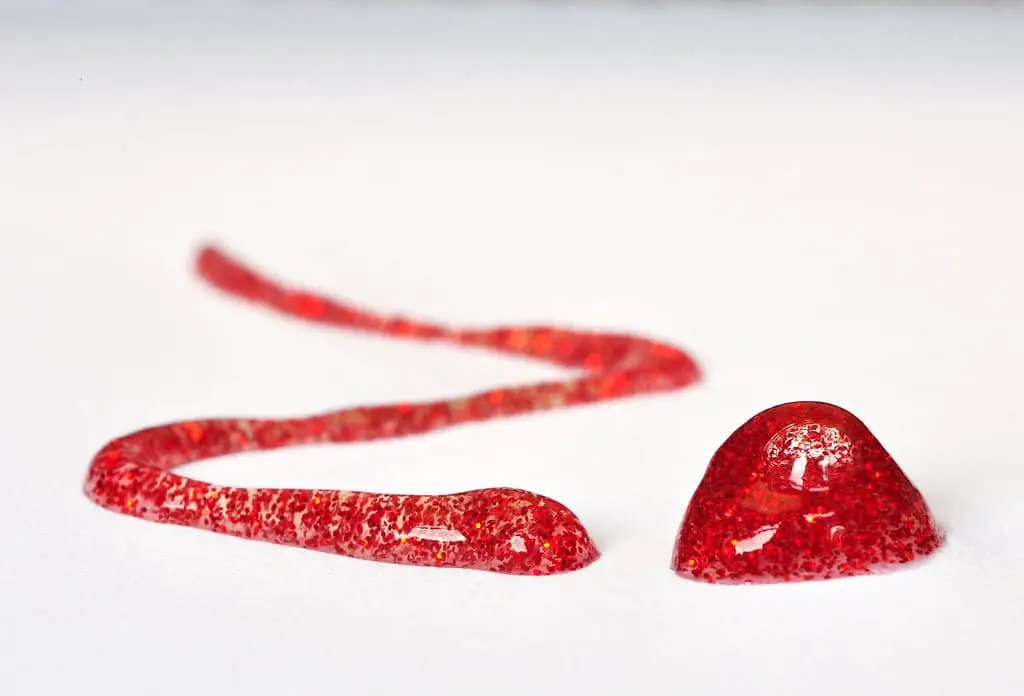Fiberglass and metal are very different even when you consider all aspects.
These two contrasting materials may seem almost impossible to stick to each other. So how to glue fiberglass to metal?
Luckily, we have some glue products that help you accomplish this difficult task. Let’s scroll down for the ultimate guide!

Things You’ll Need
The best options for joining fiberglass to metal are polyurethane adhesive, epoxy resin, and a special product called MMA adhesive.
Each adhesive has a different curing period, although they may all dry more quickly in a warm environment.
The adhesives may sometimes require clamping in cases when horizontal gluing isn’t the perfect idea.
Polyurethane
This adhesive, also called PU adhesive, is moisture-sensitive to promote a fast cure. But you must prepare the fiberglass and metal surfaces well for the bond to adhere to them optimally.
If you choose PU glue, go for Titebond or Gorilla Glue. These two brands are reliable because they provide gel or spray application options.
The inclusion of a water spray and the use of clamping for the first bond will influence the curing time.
You should post-cure the glue so that the ultimate curing period allows both surfaces to adhere effectively.
Epoxy resin
An epoxy resin kit contains two 2-part formulations, each of which will require a different amount of time to harden depending on how quickly the formula works.
There are two kits for you to choose from: five-minute and one-hour. As you can guess from the name, the five-minute kit will cure faster, but the speed sacrifices the firm bond. Hence, we recommend opting for the latter.
Even when you choose the one-hour kit, you still need to sand both fiberglass and metal surfaces to optimize the performance of the selected epoxy system.
MMA
Like epoxy resin, MMA (Methyl Methacrylate Adhesive) consists of two-part solutions. Although people often use this kind of glue for structural applications, its flexibility and strength allow it to work for heavy and flexing vibrations.
Moreover, MMA is ideal when applied around water. You will need it when gluing boats or other aquarium equipment.
This particular polymer glue necessitates a full cure to enable the formulation to perform its chemical cure.

Step-By-Step Instructions
There are three steps for gluing fiberglass to metal: preparation, application, and curing. Since you may use one of the three types of glue, we will cover them all in this section.
Step 1: Preparation
Before applying any glue, you need to prepare metal surfaces with fine sandpaper. Sanding will help achieve a scuffed object that is simpler to work on.
The type of sandpaper for this task depends on which metal you use. Often, a 600-grit or higher sandpaper is enough. But if you have softer metals, like brass and aluminum, you will benefit from paper with 500 to 600 grits.
You can also use sandpaper to scuff the fiberglass surface. Go somewhere between 300 to 400 grits for this task.
Remember to clean both surfaces with 99% alcohol or acetone. It would be best to heat the solution slightly with a hairdryer to remove leftover alcohol.

Step 2: Application
We have mentioned three types of glue that work best for this task. However, they work differently. Hence, we will discuss application methods for each.
Polyurethane
There are two types of formulations for polyurethane glue: gel and spray forms. They work differently, and it’s better to get the gel formula.
Make sure to fill up any tiny gaps on uneven fiberglass surfaces so that any bonded metal parts can cure. For thick gel formulations, you may need a flat tongue depressor.
Epoxy resin
The biggest problem with epoxy is that it can be too thin and runny. Hence, you should thicken it further to stop the fluid from dripping.
MMA
Since it is thick, you can use a flat spatula tool to distribute MMA glue onto fiberglass and metal surfaces. If you want to apply the glue by hand, wear gloves to keep the glue off of your skin.

Step 3: Curing
The drying times for different adhesives vary. Yet, you can speed up all the drying processes by applying some heat and wind. We advise using fans and putting the objects in a warm environment for a faster effect.
You can reasonably conclude that all three adhesives will need at least 24 hours to cure completely. Regardless of the glue used, this period will guarantee the finest adhesion.

Frequently Asked Questions
1. Can fiberglass stick to metal?
Yes. Fiberglass can bond to almost any surface, such as metal, plastic, wood, or rubber. The key to success is to use glue that can work on both surfaces and is long-lasting.
2. What is the best epoxy glue for fiberglass and metal?
Loctite Epoxy Metal/Concrete is an incredibly durable epoxy for metal. In addition to being fantastic for repairing pipelines, machines, and domestic appliances, this solution is also very good at attaching screws and bolts to metal.
3. Does Gorilla Glue work on fiberglass?
Yes. The formula cures in about ten minutes and has a binding strength of 4250 PSI. It also forms a strong, long-lasting bond with many materials, including metal, plastics, ceramics, concrete, PVC, fiberglass, and more.
Conclusion
You just need to take three steps to glue fiberglass to metal successfully. Remember to check your chosen glue’s characteristics to yield the best result.
Do you find this article helpful? If yes, share it with your friends who have the same question and need help. And if you have any questions, feel free to ask.
Thank you for joining us!
Related posts
